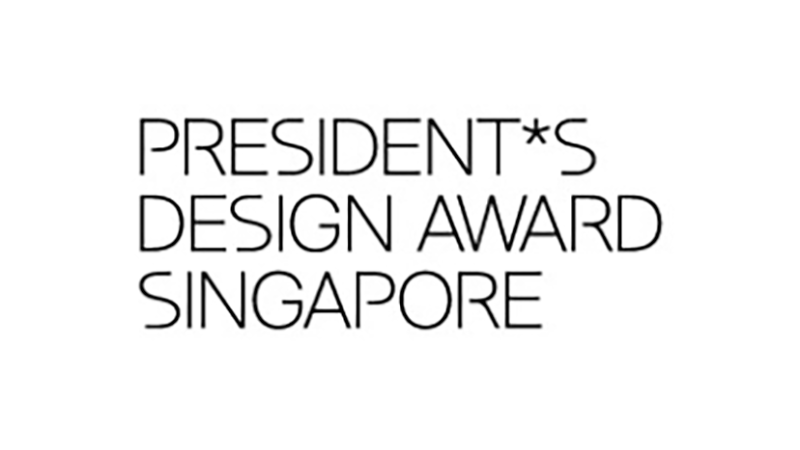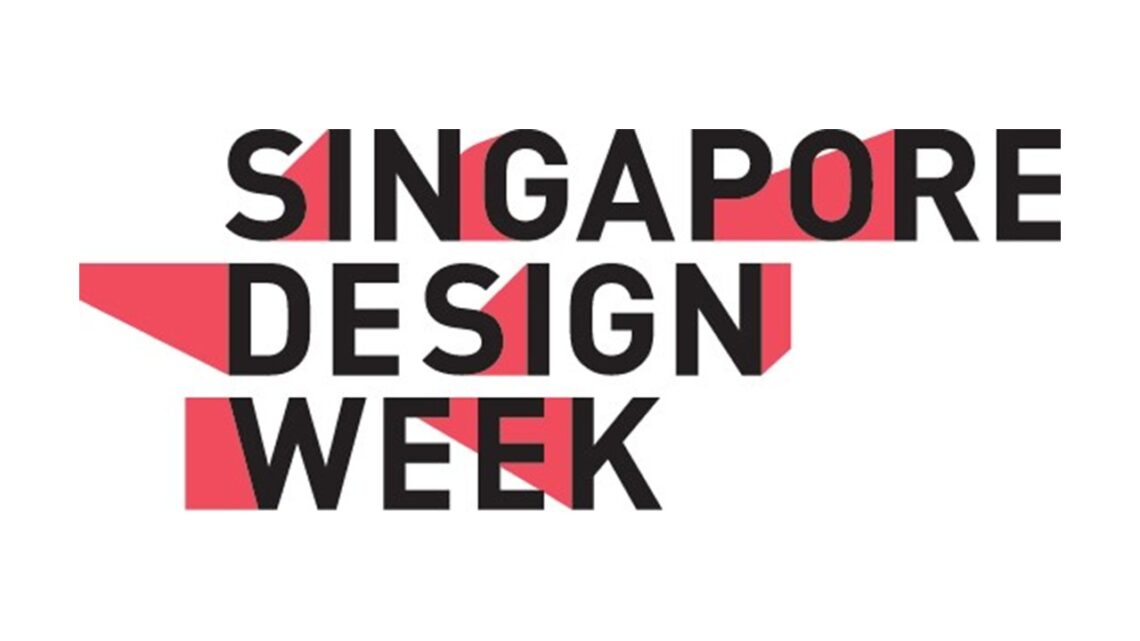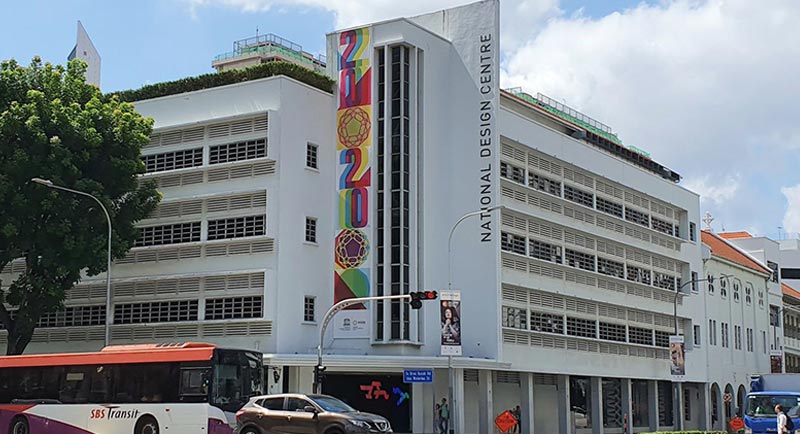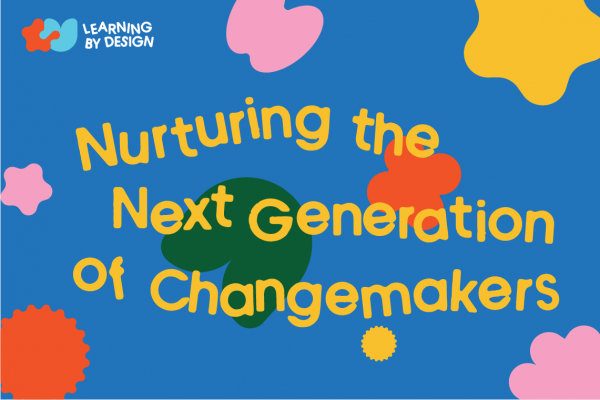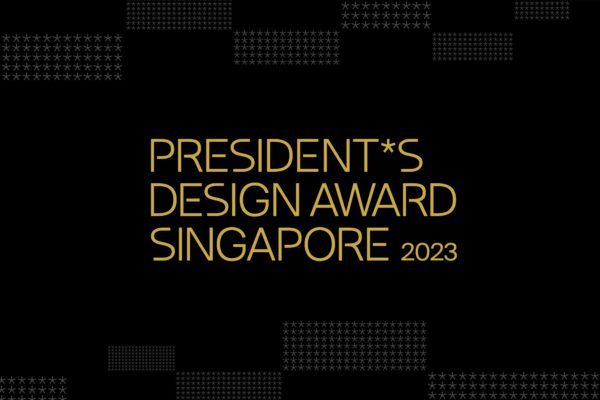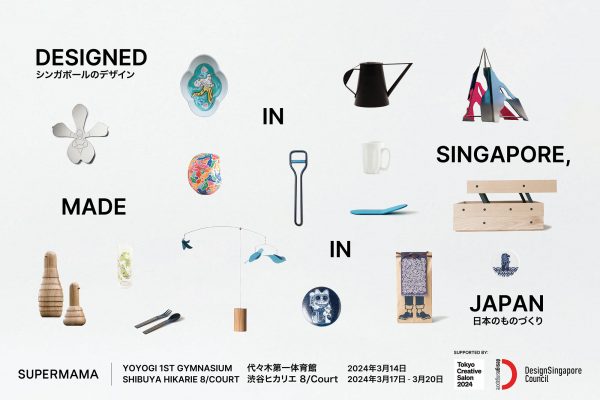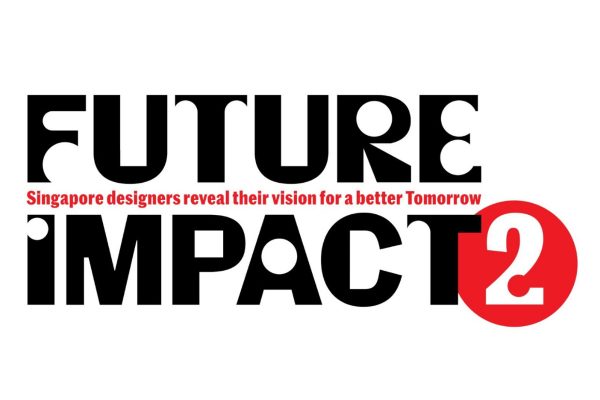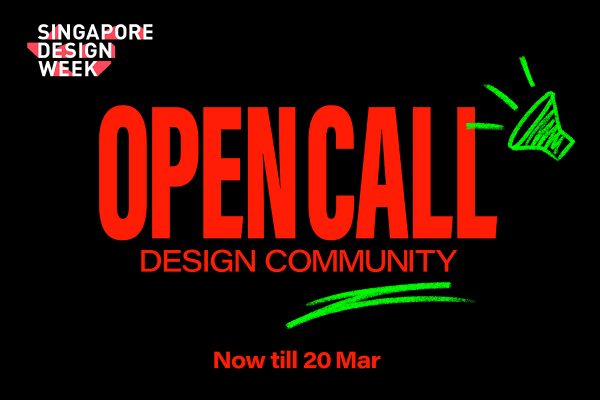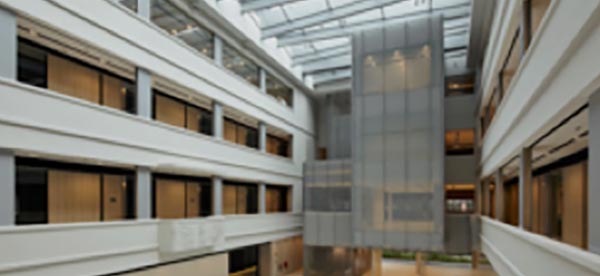So, you know you want to pursue a career in design. But you don’t really know, exactly, what role you’d like to take. Last year, DesignSingapore Council joined forces with SkillsFuture Singapore and Workforce Singapore to develop the Skills Framework for Design, a handy booklet that provides useful information on design sector that includes career pathways, occupation and job roles, existing and emerging skills, and training and programmes for skills upgrading. Sounds neat?
In the booklet are 25 emerging new jobs that we will need more in the future. In this article, we ask three veteran designers what a strategist, experience designer and service designer do.
By Asih Jenie
What it takes to be a strategist
“This is how I would describe my job as a strategist to my mum: We help our clients understand their customers in order to find new ways to improve their lives,” says Richa Menke, Director of Strategic Design at BCG Digital Ventures.
BCGDV is a US-founded corporate investment and incubation firm that invents, builds and invests in startups with the world’s most influential companies. Menke joined the company’s Singapore branch in 2020 after working as Managing Principal at multidisciplinary experience design studio Eight Inc for over seven years.

The business world is about logic, but the greatest value a design strategist can offer is moving beyond the obvious logical solutions to create something new, which takes a leap of faith to build.
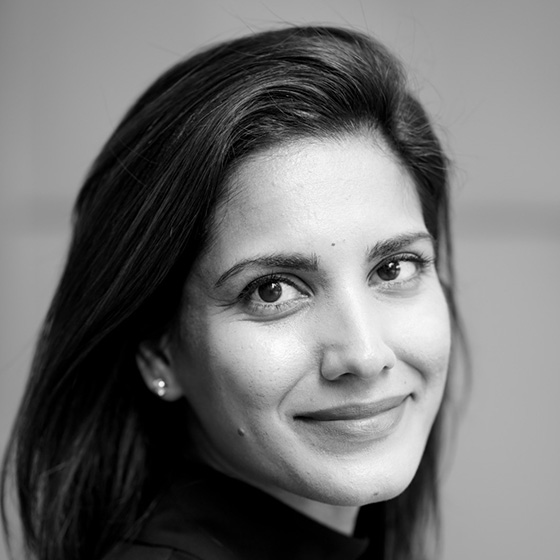
Richa Menke, Director of Strategic Design, BCG Digital Ventures
“Strategic design is a human-centred design approach to value creation. We are uncovering customer frictions and latent needs, so we can make better choices about the types of products and services we build, and how we design them,” she says.
For example, if a client wanted to design a new Innovation District to revive a high potential, but rapidly declining neighbourhood, a strategist would start by understanding key stakeholders (such as the residents, creatives, corporates in the area) rather than with architecture.
Then a holistic masterplan of experiences and programme to connect these groups would be designed, before the architecture masterplan is tackled. This ensures that everything – from programming to architecture – is designed to enable a diverse community to thrive and collaborate.
Strategic design is a mindset, says Richa, and there is no exact formula to develop this mindset. “Learning by doing is very important in this field. There is no one archetypal person who does strategic design. You can come from many different backgrounds. If you’re coming from another profession, take a more junior role and learn as much as you can,” she says.
What strategists have in common is a passion for human-centred design and a holistic view on everything. Having a deep understanding of design is also an important trait but having a design degree is not a must.
Richa herself was trained in Electrical Engineering. While working for Nokia in a multidisciplinary team that included designers, she found that engineering and strategic design were very much about a systems approach.
She says: “If you look at things from a customer’s perspective, you don’t see organisational silos. You see the company, the product, the marketing tools and the brand as a system.” Back then, strategic design was emerging as a useful tool in the business toolkit. Richa decided to get an MBA to pivot her career to strategic design.
The best part of being a strategist, she says, is bringing new perspectives to life while the biggest challenge is to remain optimistic in the process. “Ideas are delicate, and there are millions of reasons why something would not work. The business world is about logic, but the greatest value a design strategist can offer is moving beyond the obvious logical solutions to create something new, which takes a leap of faith to build. You have to be conscious of that every day,” she says.
What it takes to be an experience designer
In the old world, inventors solved problems for themselves. They recognised problems that they resonated with personally and set to solve those problems. That’s not how it works in our world today.
“Today, you’re designing things for companies, nations, or even larger scales and you’re not the only player in the system. You need to be able to put yourself in others’ shoes to be an effective designer,” says Bassam Jabry, Owner and Managing Director of strategic consultancy Chemistry.
“A designer at the level of principal or lead designer should be looking at things from a holistic level, across different touchpoints and modalities. You cannot talk about creating good customer experiences without understanding the bigger picture. Otherwise, you’re designing in silos, and that’s exactly the paradoxical problem many of our clients face,” he says.
Founded in 2000, Chemistry is an award-winning multidisciplinary team of innovators and designers that helps companies to rethink their customer experience across all touchpoints. The company’s portfolio spans diverse industries, including hospitality, healthcare and technology companies.
“We’re in the business of behaviour change, and we do that by understanding the human condition, how people think, behave, why they do certain things and why they don’t do others. Based on that, we come up with new ideas from the perspective of the user’s point of view, not the organisation’s point of view,” he explains.

You cannot talk about creating good customer experiences without understanding the bigger picture. Otherwise, you’re designing in silos, and that’s exactly the paradoxical problem many of our clients face.

Bassam Jabry, Owner and Managing Director, Chemistry
Bassam illustrates this process with a project they carried out for a large telco in Singapore. Chemistry carried out a research-based approach to identify current customer challenges with the company’s online customer service. Through content strategy and new user interface design and testing, the online customer support page was redesigned to enable customers to resolve more of their issues independently and quickly without having to resort to hotline support.
One of the primary values of an experience designer is to connect the dots across different functions, including the digital and physical spaces. “It’s dangerous to have a disconnect between the physical and digital spaces in complex organisations like hospitals or hotels, because that is when the drop out in the service quality happens,” says Bassam.
The experience designer is also the custodian of the customer’s voice in the system. Many organisations ended up sidelining the customer because of the way they are structured into departments that think within their own boundaries. “The biggest irony in that business structure is that the customer becomes this outside entity that is on the periphery and no longer the focus of who you’re trying to solution for,” says Bassam.
To become a lead experience designer, one must also be open to having one’s ideas challenged. “Hold on tightly to what you believe in, but also let go lightly when you realise that you are not on the mark and you need to rethink things.” The key skills needed for the role are a combination of design skills – learned through tools, courses, academic pursuit – and life skills, namely empathy and a curious, questioning mindset. “Typically, it bodes better for extroverted people who are a bit kay poh (curious about others), love to go out and talk to people to understand what’s happening and why people do things,” he added.
What it takes to be a service designer
“Service design is like a choreography of services including the creation, planning and organisation of all the touchpoints whether people, technology, infrastructure, or processes that need to come together to create a holistic and seamless experience,” says Debbie Ng, Principal of global strategic design consultancy ThinkPlace.
Debbie, a pioneer of design thinking in Singapore, has over 12 years of experience helping companies in public and private sectors to deliver change. “Service design must create moments that works not only for the end users, e.g. citizens, customers, at the front stage, but also for internal stakeholders in the backstage.” She shared an example of a hospital, where designing for an effective, efficient and empathetic experience for the doctors, nurses and staff is as important as designing for the patients as a service designer.

Service design must create moments that works not only for the end users, e.g. citizens, customers, at the front stage, but also for internal stakeholders in the backstage.
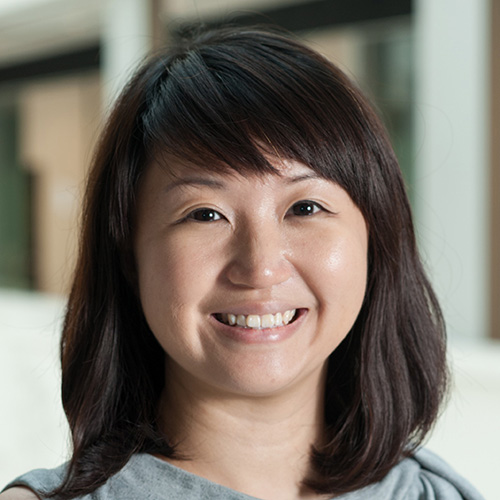
Debbie Ng, Principal, ThinkPlace
Debbie elaborated that the public sector is one of the organisations that are adopting service design to enhance public services for citizens. This is done by intentionally adopting an “outside-in” perspective to unearth key moments of truth and citizens’ pain points so as to design future service experiences.
“The role of a Lead Service Designer is to understand that there are many parts of the service experience and the need to connect the various touchpoints within that experience to one another. It is critical not to lose the big picture, or compromise the staff’s experience while satisfying the customers,” says Debbie.
“As you are promoted to a role of a Principal Service Designer, your responsibilities grow to one a strategic one, to ensure that the service experience is aligned to the organisation’s goals, strategy and brand.”
So, do you need actual design skills to become a service designer? Depends on the type of organisation one works in and the seniority within the organisation, says Debbie. Skills in designing interactions, touchpoints, interfaces are important as career starters in service design positions. Other kinds of skillsets in non-design areas like management, business, systems thinking are critical in non-design firms or as you progress to higher positions.
But one thing for sure: service designers of the future cannot be working in a vacuum, nor could they work based on their assumption of what they feel should be a good experience.
“Service design is everywhere. It’s only a matter of whether the design is good or badly designed.” says Debbie. In fact, even when the organisation has a standard service blueprint to guide the service design, the service delivered to customers will still be determined by the front liners, who carry out the actual interaction.
